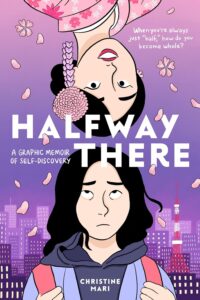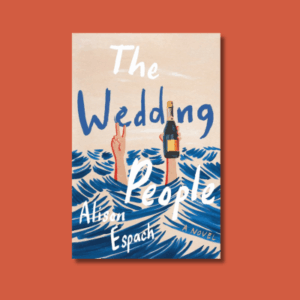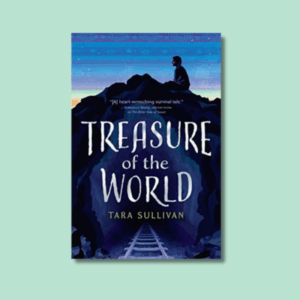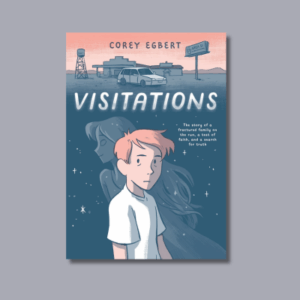
Review By: Liz Geist
Published: 2024
Genre(s): YA Graphic Novel, Memoir, Nonfiction
Audience: Grades 9 to 12, Adult
Content Warnings: Suicidal ideations, mental health, self harm
Goodreads Link: Halfway There
Publisher’s Summary:
A poignant graphic memoir from rising star Christine Mari, following her college year abroad in Japan, as she struggles to reconcile both sides of her mixed-race identity. Christine has always felt she is just Half American, half Japanese. As a biracial Japanese American who was born in Tokyo but raised in the US, she knows all too well what it’s like to be a part of two different worlds but never feeling as though you belong to either. Now on the brink of adulthood, Christine decides it’s time to return to the place she once called home. So she sets forth on a year abroad in Tokyo, believing that this is where she truly belongs. After years of feeling like an outsider, now she will finally be complete. Except…Tokyo isn’t the answer she thought it would be. Instead of fitting in, Christine finds herself a fish out of water, as being half of two cultures isolates her in ways she’d never imagined. All she can do is try to stay afloat for the rest of the year—still figuring out who she is, what she wants in life, and whether she’ll ever truly be more than halfway there. Author-illustrator Christine Mari explores what it means to lose and find yourself in this moving narrative of belonging and home.
Review:
Halfway There is a powerful graphic memoir by Christine Mari, born to a Japanese mother and an American father. She spent her early childhood in Japan before moving to the United States at age five. Growing up, Christine never felt like she fully belonged and was seen as different, sometimes in ways that felt special, and other times in ways that left her feeling isolated. After graduating, she decided to study abroad in Tokyo, hoping to reconnect with her Japanese roots and finally feel whole.
But instead of finding clarity, she felt even more isolated. Her limited Japanese and the cultural differences made her feel like an outsider all over again, but this time in the place she thought would feel like home. As her feelings of not belonging deepened, so did her depression, eventually leading her to a breaking point at a subway station. She reached out to her Baba, began therapy, and slowly learned to accept all parts of herself and started healing. In a quiet, touching moment, Baba shows her the cherry blossoms. Christine is disheartened by how quickly they fall, but Baba reminds her: Beautiful things do not last long, but they always come back.
This book is deeply moving and beautifully illustrated. The reviewer recommends it for older high school students and adults due to its references to suicidal ideation and self harm. Themes of identity, mental health, cultural belonging, self doubt, and self love are delicately woven throughout. It is a story that could be incorporated into a health curriculum to support discussions on mental health, cultural identity, and resilience. The memoir ends on a hopeful note, reminding readers that even after dark winters, spring always returns.



